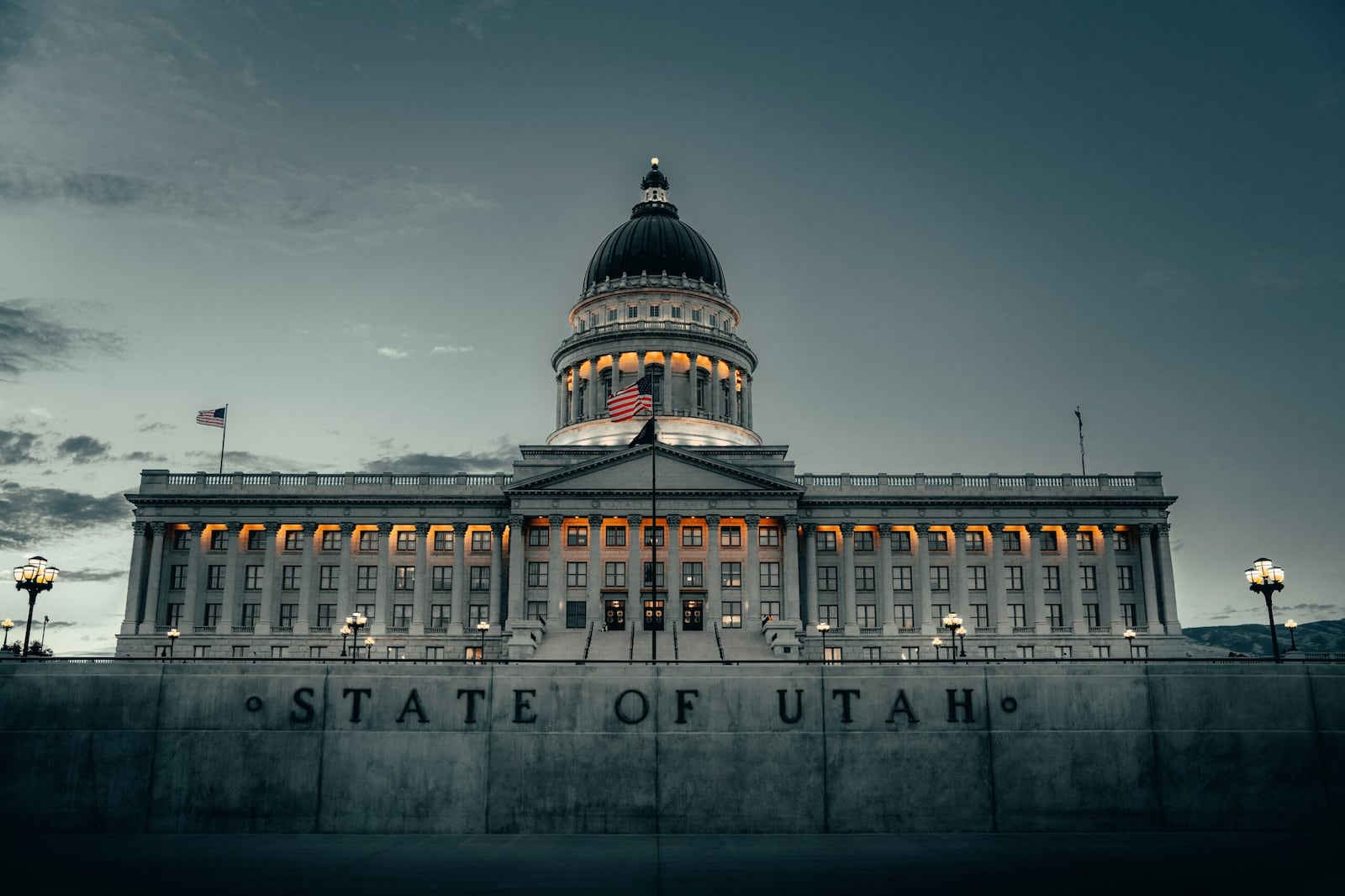Photo by Saul Flores | Unsplash
Legislative bodies excel at allocating tax dollars but not necessarily at determining the particulars of how those funds are best spent. They bridge that gap by turning the funds over to executive branch agencies, which often then pass them along to other entities—usually subordinate agencies that are closer to where the funds will be put to use and more likely to ensure they are used effectively. Finally, would-be recipients of these funds, public and private, are often made to compete for them. Welcome to the world of government grants.
“The funding state government gets is provided by the Utah Legislature, and when it’s a grant, there is legal language associated with it describing how it must be used to achieve a specific public benefit or solve a problem,” says Jim Grover, managing director of incentives and grants for the Governor’s Office of Economic Opportunity. “You see a really high ratio of applicants to awardees with economic assistance grants, at around 300 applicants competing for only 20 or 30 awards. You get a much lower ratio when it comes to our strategic air and water grants, where maybe three or four applicants are after the same award.”
Grover reports that, to his knowledge, no grant offered by the state has ever gone unapplied for.
With 75 percent of Utahns living in just five counties, the state’s tax base is heavily concentrated, leaving smaller county governments especially dependent upon grant money to operate and maintain an environment conducive to investment by business.
Daggett, Utah’s least populated county, has an annual budget of less than $4 million—so the $400,000 it received through two grants this year has a significant impact. Yet, employing fewer than 50 individuals, the odds of Daggett County having a grant-writing expert among its ranks able to identify funding opportunities in the first place are very small, leaving it at a real competitive disadvantage compared to larger counties.“When Gov. Spencer Cox was elected, he toured rural areas of the state and asked locals what they needed. A recurring theme was that there’s a lot of grant opportunities out there, but it’s hard to know where to find them and how to apply,” says Colby Oliverson, senior budget and policy analyst for the Governor’s Office of Planning and Budget. He explains the redundancy of the process: those in need have to search through various government websites to try and track down useful grants. “It was a mess. The governor shared that feedback, and we decided to develop the Funding Opportunities Portal, which has the main goal of aggregating all state and selective federal funding opportunities into a centralized and easily searchable database.”
The portal allows the user to filter grants by recipient type, such as government agency, business, non-profit or individual; and then by category, such as transportation, water, recreation or economic development.
Just a few clicks are all that’s needed to find that the Utah Department of Cultural and Community Engagement offers up to $5,000 for master folk artists to hire an apprentice, the DNR offers up to $2.5 million to help local governments build large-scale public outdoor recreation facilities, and the Governor’s Office of Economic Opportunity offers up to $5 million to support rural small businesses as they expand and create new jobs.
“It’s been hard for nonprofits or small local governments with limited resources to find the information to apply for that funding, so this is a great strategy and consistent with the governor’s customer experience focus—that one should be able to interact with state government at any point and reliably find the information they’re looking for,” says Laura Hanson, the managing director of planning coordination at the Governor’s Office of Planning and Budget.
Cathy Holt is currently the development director at The Other Side Academy (which does not accept public money), though she applied for many government grants during her time at Thanksgiving Point and House of Hope. Holt reports that multiple of her associates at nonprofits who do apply for government grants see enormous value in the Funding Opportunities Portal.
“Everybody agrees it’s lovely and will be a great time saver, making grants easier to sift through and find,” Holt says. “It’s such an obviously useful resource; it’s surprising it hadn’t been built before. Now that it has, the next challenge is getting the word out.”

